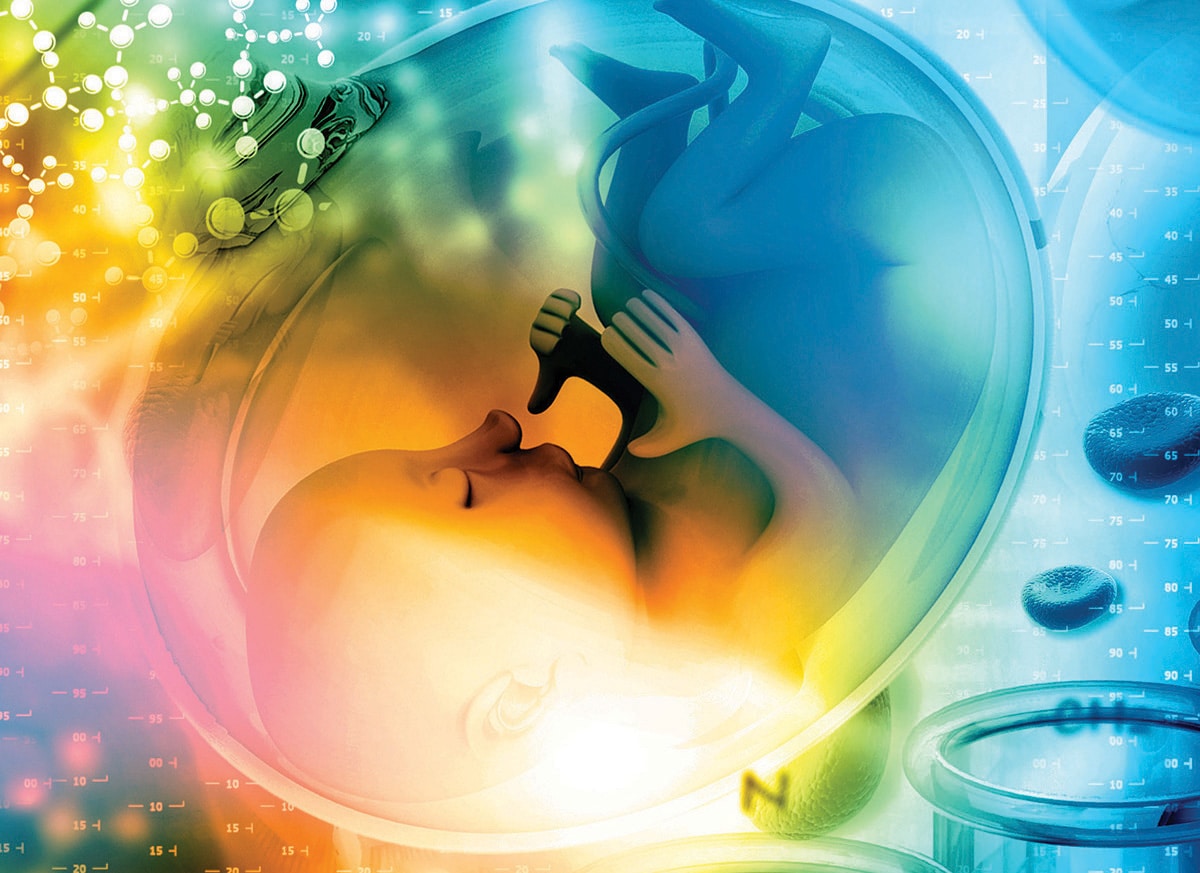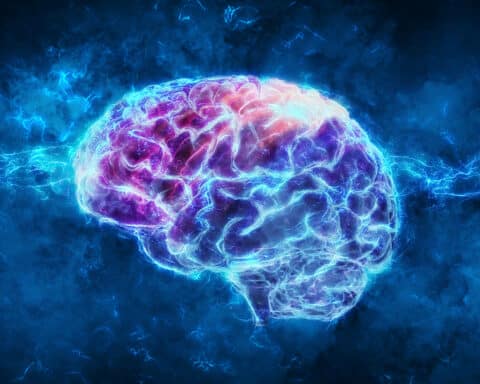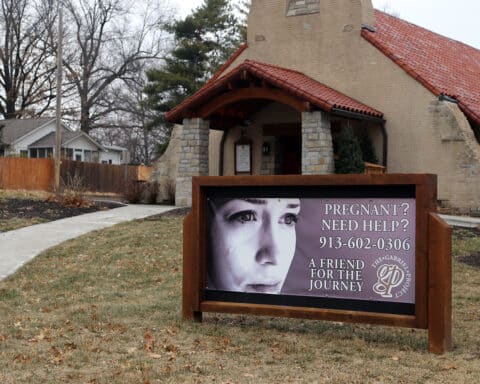In 1997, the critically acclaimed science fiction film “Gattaca” depicted a genetically stratified dystopia in which the genetically engineered class ruled over those who had been born naturally. At the time, some bioethicists such as James Hughes scoffed at the film’s depiction of “designer babies” as “fear-mongering.” A little over 20 years later, “Gattaca” is being revamped for television, and its science fiction is quickly approaching this reality. If the 2022 documentary “Make People Better” is any indication, this kind of experimentation is already happening.
What changed? The Human Genome Project completed its work sequencing the entire human genome in 2003. In 2012, a developing technology called CRISPR was refined, allowing scientists to target and replace pieces of genetic code, like editing letters in a word processor. Just six years later, Chinese scientist He Jiankui announced the birth of twin baby girls whose genes had been edited to be HIV-resistant using this technology. And while Jiankui’s research caused international uproar (and his imprisonment), the field of genetic editing research on human beings has continued to grow.
How are Catholics to navigate the murky waters of genetic manipulation? Some of its potential uses are laudable, while others such as “designer babies,” have harrowing consequences. Advances happen so quickly, and the details are often difficult to discern, especially when communicating with doctors and researchers who don’t share the kind of regard for the dignity of human life that is central to our faith and a proper understanding of the human person.
Catholic bioethics 101
The field of ethics is generally divided into three branches: metaethics, normative ethics and applied ethics. Metaethics asks questions such as “Are there moral truths?” and “What is the good?” Normative ethics ask, “How should we live?” and “What type of people should we be?” Catholics can turn to the wisdom of Scripture and Tradition for answers to these questions. The third branch, applied ethics, consists in applying this wisdom to concrete situations. With advances like genetic editing taking place so quickly, it is not always possible for the magisterium to issue timely pronouncements on them as they happen. However, while the technology may change, the wisdom of the Church remains timeless. Catholic bioethics seeks to apply the existing moral wisdom of the Church to both new and existing questions of medical practice, research and technology.
Knowing that our ultimate end as human beings is found in union with our Creator, we can use the wisdom of the Church to adjust our sails. The specifics of the technology may change, but our aim, our destination, remains constant.
It is this wisdom that provides the necessary compass for navigating the moral landscape of medical ethics to safely reach our final destination. As St. Thérèse of Lisieux said, “The world’s thy ship and not thy home.” Knowing that our ultimate end as human beings is found in union with our Creator, we can use the wisdom of the Church to adjust our sails. The specifics of the technology may change, but our aim, our destination, remains constant. Rather than be buffeted about by the changing winds of culture, we can stay firm in our course toward heaven. A clear understanding of Catholic ethical principles helps us to embrace those procedures that promote human dignity and denounce those that violate it.
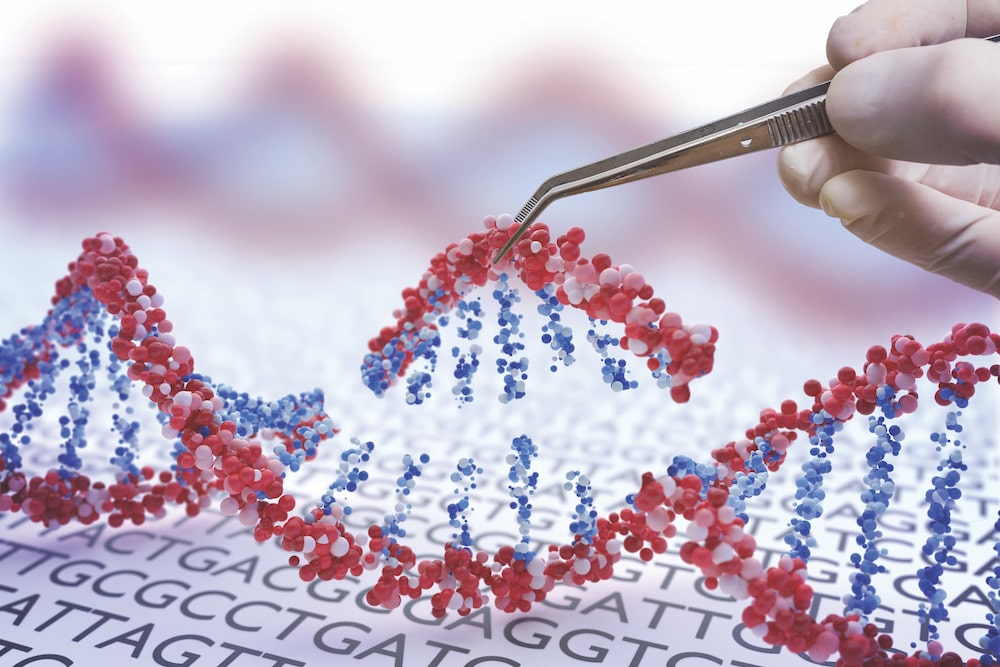
When is genetic editing acceptable?
Long before it was a concrete technological reality, Pope St. John Paul II offered his reflections on the theoretical possibilities of genetic manipulation in a 1983 address to the World Medical Association. In his remarks, he distinguished between therapeutic uses, aimed at restoring health to the individual, and dehumanizing uses that make use of the person merely as a means and subordinate the good of the individual to that of the community. He denounced genetic manipulation as “arbitrary and unjust when it reduces life to an object, when it forgets that it is dealing with a human subject, capable of intelligence and freedom, worthy of respect whatever may be their limitations; or when it treats this person in terms of criteria not founded on the integral reality of the human person, at the risk of infringing upon his dignity.” He also voiced concerns that such manipulation might infringe on the sacred origins of human life — that is, the conjugal bonds of matrimony — as well as exacerbate existing social inequalities or even create new kinds of marginalization (like that which would be depicted in “Gattaca” years later).
In other words, genetic manipulation is licit and laudable when its goal is healing and its methods are aimed at the integral good of the individual. It becomes problematic when it instrumentalizes the person or in some cases even results in the demise of the individual for the sake of the research. This type of research makes use of its subjects as means to a greater end rather than treating them as ends in themselves. At the current threshold of our capabilities, genetic editing is being used for all of these purposes, as a licit means of healing serious conditions as well as for the manipulation of the human condition that John Paul II warned against.
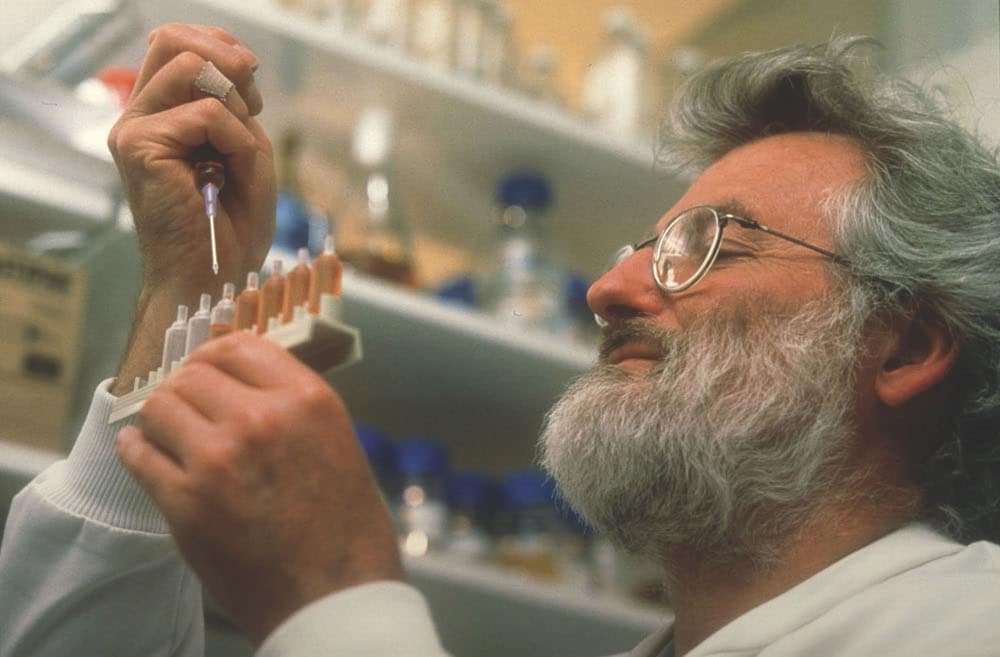
Genetic manipulation in current research
A 13-year-old girl with aggressive leukemia is now in remission thanks to the experimental gene editing technology called CRISPR. The patient, Alyssa, received a dose of donor immune cells that had been genetically modified to attack the cancer as a part of an experimental treatment after exhausting all existing treatment options. Though it will be some years before doctors know if she will remain cancer free in the long term, the treatment took only 28 days to put Alyssa’s aggressive leukemia into remission. We can joyously praise God for this miraculous treatment, an ethically conducted and licit experiment that has given Alyssa — and her parents — her life back. This is the kind of research Pope John Paul II heralded as respectful of human dignity even when it was only a theoretical possibility.
At the same time, our optimism for the licit uses of genetic editing must be tempered by our concern for human dignity where it is being violated in other implementations. For decades now, researchers have been subjecting nascent human life to experimentation that violates the dignity of the person. Embryonic and fetal tissue research often involve the destruction of genetically human individuals in the name of scientific advancement.
The UK is currently celebrating the birth of its first three-parent babies, where that type of research has been legal since 2015. The goal of this research is to eliminate mitochondrial defects, which can cause defects such as muscular dystrophy, epilepsy, heart problems and intellectual disabilities. This procedure is not achieved via CRISPR but rather represents an additional type of the genetic manipulation with which Pope John Paul II was concerned. To create a three-parent person, mitochondrial DNA is extracted from either an egg or an embryo of a woman who is unaffected by these defects and is substituted for that of the mother in the embryo that is to be implanted in-vitro.
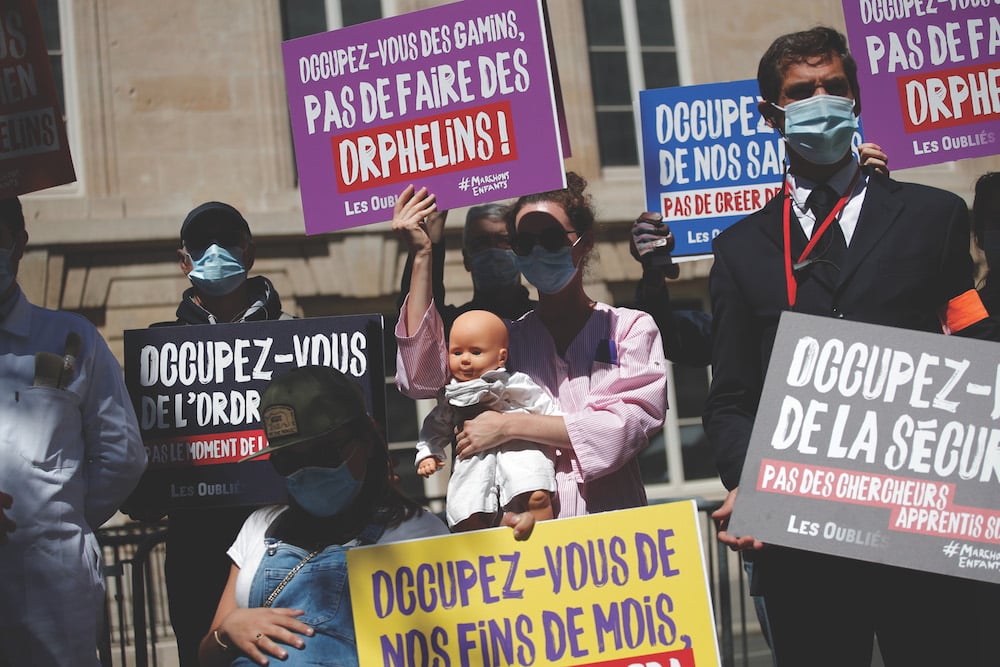
Generational consequences
In addition to the standard objections the Catholic Church holds to IVF in general, this type of research raises its own concerns. The creation of three-parent persons also violates the right of the child “to be conceived, carried in the womb, brought into the world and brought up by his own parents,” as articulated in the 1987 Church document Donum Vitae. While it is true that sometimes tragic circumstances such as death, substance abuse or mental illness deprive children of this right, and in those cases adoption becomes a true blessing, it is quite another thing to intentionally create this separation from the outset. The document goes on to argue that artificial reproductive means set up divisions “between the physical, psychological and moral elements which constitute those families.” Although the document was written long before three-parent children were a reality, the wisdom of the document still applies. If the divisions inherent in procreation via IVF and surrogacy fracture the integral unity of families, how much more so when those divisions are written into the very genetic material of the individual?
The creation of three-parents persons is further problematic due to the sourcing of the third-party genetic material. In order to “prevent” the presentation of the mitochondrial disorder of the mother, additional mitochondrial DNA must be harvested from another woman’s egg or embryo. Despite Big Fertility’s claims to the contrary, egg extraction is risky, and it is unjust to ask some — usually less privileged — women to undergo these risks. When an embryo is used as the source of mitochondrial DNA, the extraction results in the destruction of that embryo. In other words, one embryo is created and destroyed for the sake of another. This kind of “medicine,” in which some lives are treated as expendable, is unacceptable, creating a class of unwanted persons whose existence is subject to the whims and desires of the “wanted” class. It fails to respect the dignity of every human life and uphold the goods of medicine.
If the divisions inherent in procreation via IVF and surrogacy fracture the integral unity of families, how much more so when those divisions are written into the very genetic material of the individual?
Even when genetic manipulation does not result in the destruction of the individual, it can still be morally problematic. Take, for example, the so-called “CRISPR-baby” scandal mentioned earlier. Although initially imprisoned for this unethical research, Jianku has since been released and is again working in human subjects research. Jianku’s research, detailed in the documentary “Make People Better,” is ethically questionable for several reasons. Many in the scientific community felt that this technology was not ready for human trials, and because infants and children are a protected class, research using them as subjects is normally even more stringently controlled. It was rash, they argued, to test this technology in live infants when the potential unintended consequences were largely still a mystery. Further objections were raised because of the way Jiankui edited the twins’ genetic sequences. He edited the germline cells, which means that the changes he made were heritable; if the twins eventually have their own children, those children’s genomes will be affected by the changes Jianku made in their mothers. As molecular biologist Father Nicanor Autriaco observes, “to endorse germline editing is like endorsing a drug you’ve haven’t done clinical trials on yet.” We are exposing future generations to as yet knowable risks. In a sense, the experiment doesn’t stop with the twins; it now continues on through human history. Only time will tell us how it will unfold.
| ‘Brave New Us’ |
|---|
|
Readers interested in diving further into the implications of genetic editing may enjoy Season 1 of the Catholic storytelling podcast “Brave New Us,” which explores the many facets of genetic editing from science and theology to its implications in the lives of everyday Catholics. Samantha Stephenson dives deeper into topics such as carrying the cross of suffering and reimagining the role of disability in God’s kingdom, along with asking big questions, including “What makes a life valuable” and “What does it mean to be human.” |
Eugenic ends
As is implied in “Make People Better,” research on designer babies is likely already taking place in laboratories across the world. As John Paul II and other ethicists have argued, this type of intervention on the nature of the human person limits the freedom of individuals to unfold by making them subject to the whims of their human “designers.” If practiced on a large scale at a societal level, trait selection will limit human diversity by placing a disproportionate emphasis on “desirable” traits — or at least, those traits deemed “desirable” by those who have the funding to select them. As some point out, what we still don’t know about the human genome continues to outweigh what we do know. Traits are hardly ever influenced by a single gene; it may be that in “cutting out” some undesirable traits, we unintentionally sacrifice some that are undervalued or even dear to us, and vice versa. We genuinely cannot know what kind of effect genetic editing for trait-selection might have, nor is it possible to obtain consent from the persons being brought to be in this manner.
Genetic selection already occurs at a basic level thanks to the deadly combination of prenatal screening and abortion. Sex selection in countries like China and India has resulted is lopsided populations. Genetic selection has also resulted in the near-elimination of people with Down syndrome in Iceland, for example.
Traits are hardly ever influenced by a single gene; it may be that in “cutting out” some undesirable traits, we unintentionally sacrifice some that are undervalued or even dear to us, and vice versa.
Genetic selection at the level of genetic editing threatens not only to eliminate those affected by disability, but also those characteristics which are merely less desired by those who are wealthy enough to opt-in to these types of prenatal “treatments.” This is problematic at a structural level; a society whose chosen characteristics are selected by the powerful are not likely to emulate those prized in the Kingdom of God as Jesus preached it. As theologian and bioethicist Father Andrea Vicini argues, we ought to take care not to overemphasize the role of genetics in the development of our character. In many cases, it is our limitations and our response in overcoming those limitations that help us to grow in virtue. That has been the experience of Emily de Ardo, author of “Living Memento Mori,” for example, who says that living with cystic fibrosis has made her resilient. As St. Paul tells us, it is in our weakness that we are strong in Christ (cf. 2 Cor 12:10). Where we would stamp out our fragility and dependence on one another, Christ became a vulnerable infant, thus validating the dignity of human life even at its most vulnerable.
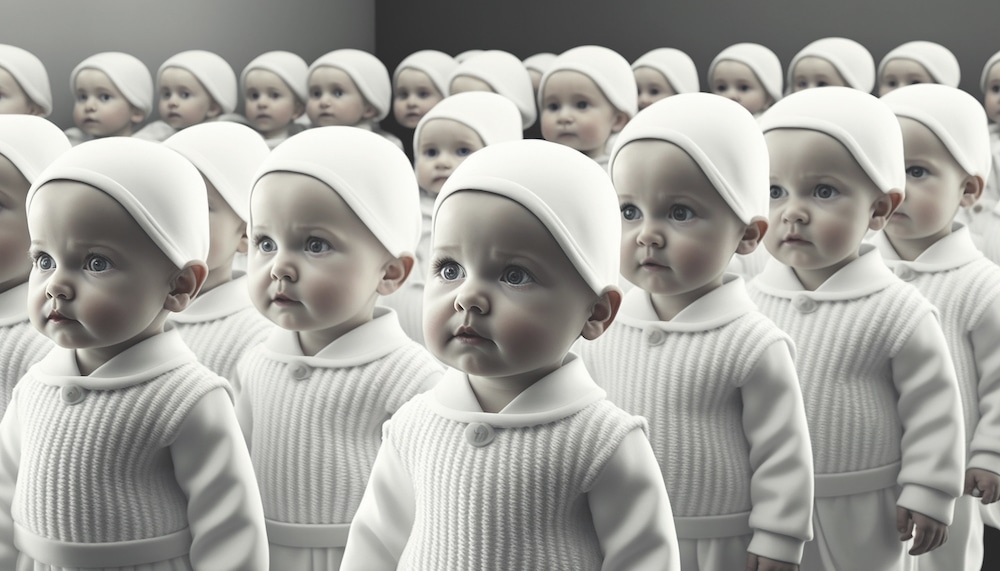
Toward justice in research and medicine
Genetic manipulation with eugenic ends violates the dignity of the human person. When “eliminating Down syndrome,” means the elimination of all individuals affected by Down syndrome, a gross injustice has occurred. A world where genetic selection occurs via designer babies is likewise appealing. As philosopher Chris Kaczor points out, “This brave new world, even if populated with only beautiful people, is an ugly creation in which the gift of a child becomes a consumer product for committee consumption.” He also questions whether the financial investment in this type is justifiable in the first place. Those funds might be better spent on research to aid those who suffer from mitochondrial diseases, for example, rather than on preventing more of them from being born in the first place.
| The balance of science and morality |
|---|
|
“God created man in his own image and likeness: “male and female he created them” (Gn 1: 27), entrusting to them the task of “having dominion over the earth” (Gn 1:28). Basic scientific research and applied research constitute a significant expression of this dominion of man over creation. Science and technology are valuable resources for man when placed at his service and when they promote his integral development for the benefit of all; but they cannot of themselves show the meaning of existence and of human progress. … “[S]cience and technology require, for their own intrinsic meaning, an unconditional respect for the fundamental criteria of the moral law: that is to say, they must be at the service of the human person, of his inalienable rights and his true and integral good according to the design and will of God. The rapid development of technological discoveries gives greater urgency to this need to respect the criteria just mentioned: science without conscience can only lead to man’s ruin.” From Donum Vitae, “Instruction on Respect for Human Life in its Origin and on the Dignity of Procreation Replies to Certain Questions of the Day,” No. 2 |
While extermination by abortion is clearly at odds with genuine respect for life, the elimination of genetic defects, if achieved in a way that opens the door for individuals to reach full flourishing that was otherwise locked to them, is a praiseworthy end. In God’s upside down kingdom, it is the meek and the lowly who teach us how to live. When we fund efforts to eliminate the weak and the lowly, we may be stamping out not just the lives of those individuals, but the very qualities in ourselves which make life worth living.

